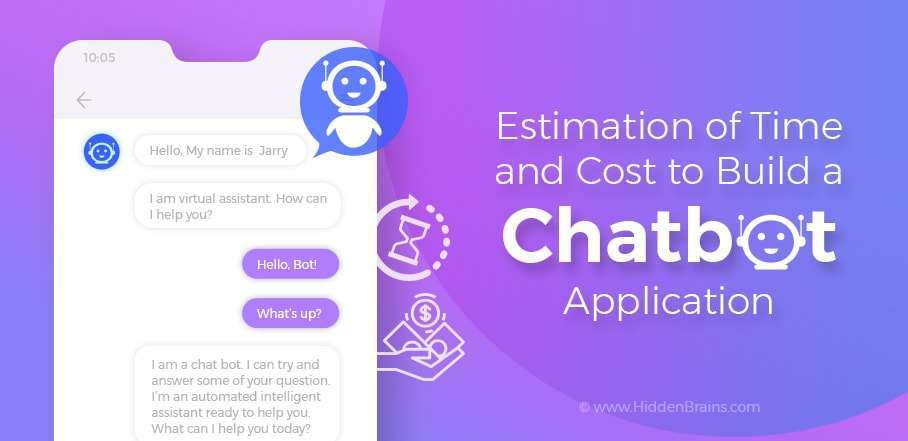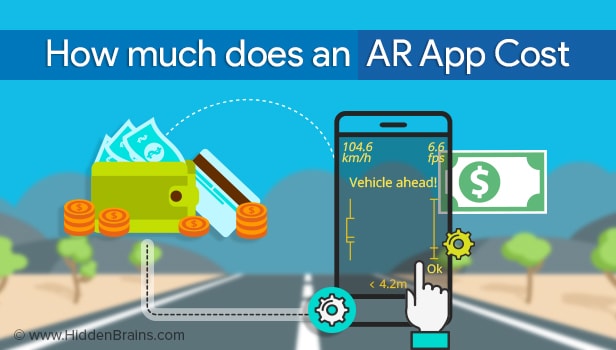 |
| source:samsung |
If you look at the current trends of the companies adapting to the newfound digital world, they are taking their first steps, gradually, with calculated risks; a decision tailors itself to fit every moment.
This is a world where products, services, and even people’s surroundings are customized, and where businesses cater to the individual in every aspect of their lives, shaping the very realities they live in. A world that is bent towards personalization.
With each passing day, the technology changes are happening all around us, and coming faster than ever. A thing worth noticing is that we are no longer waiting and wondering how the latest digital technology advances will change things. We are rather taking control and shaping technology to fit our needs, be it large and small.
We are living in the post-digital world, where each and every moment represents a potential new market of one. This is a world where demand is communicated instantly and gratification is expected almost immediately.
Not just that, both of them together are constantly changing, creating an infinite and never-ending stream of opportunities to be met through business-to-business (B2B) and business-to-consumer (B2C) engagement, as well as in the public sector.
This postdigital world is the one where technology is the fabric of reality, and companies can use it to meet people wherever they are, at any moment in time. Are they ready to rise to the challenge or not?—is the real question.
Digital trends that are pushing the boundaries of media and entertainment industry
Artificial Intelligence is the real MVP
Take into account the success of digital assistants. With Siri on the iPhone to in-home applications with Google Home and Amazon Echo, all of them are emphasizing the use of AI in our everyday lives.
The results for media companies come inherently from the companies that drive AI today. Amazon, Apple, Google and Microsoft, all of them have major investments in media and
Entertainment. They are a large part of the whole entertainment technology solutions ecosystem.
AI has been monumental in solving the age old challenge of simplifying search and discovery. Consumers can now access their media with voice control, whether it be playing a favorite playlist via Alexa on Echo or searching for all movies by a particular director on their Apple TV.
Move away from traditional operating models
There is a continuous disruption in the media industry. These companies are constantly looking forward to hire new talent pools who can help build additional capabilities that support the branding, marketing, and service launch of such digital experiences.
If media companies want to win big, they will need to optimize the use of workforce marketplaces as a differentiator that will help them gain access to talent for building out capabilities that are needed for emerging modes of entertainment such as augmented and virtual reality.
Be vary of choice paralysis
The overall options at consumers’ disposal are astronomically large. This carries a potential risk of overwhelming the customers with choice. Apart from various forms of content available to consumers – video, social or video games – there is increasing complexity in
the availability of content on different services, like Netflix vs Amazon vs Hulu vs YouTube.
A fairly successful media company will design for humans by engineering simple, easy to use interfaces which enable consumers to access their content when, how and where they want.
Prepare for new engagement models; prepare for tomorrow
There are various new business models and new delivery models that are being defined in the media and entertainment industry. They will become the new standards and rules of how consumers engage with the content tomorrow.
Let’s take the online subscription based video ecosystem for example. With the advent of Netflix and YouTube, the subscription based model was completely transformed and the content got redefined to be user generated and semi-professional, respectively by both the companies.
Both these companies broke down geographic barriers and created a lower cost expectation for access to desirable content for consumers.
Conclusion
These changes in media and entertainment industry have redefined the overall game for content acquisition, from the type of content, the breadth of rights and new creative freedom. Alongside this, in the music industry, streaming subscription based music has become the dominant form of consumption. This has also changed how labels and artists approach the business.
We can definitely expect to see more such rule changing and redefinition of the market as the dust settles in the migration to digital and with its ongoing evolution.
Read Also:
- ENTERTAINMENT INDUSTRY & IOT - BENEFITS AND IMPACT
- What Are The Drivers Of Enterprise Technology Consulting And Growth Hacking
- Common Myths About Digital Learning Debunked
- Exponential Boost to Quality Assurance and Testing Services Powered by Artificial Intelligence
- How can Major Companies Rule The Digital Era
- Cutting-Edge Digital Transformation Trends Defining The Future



0 comments:
Post a Comment